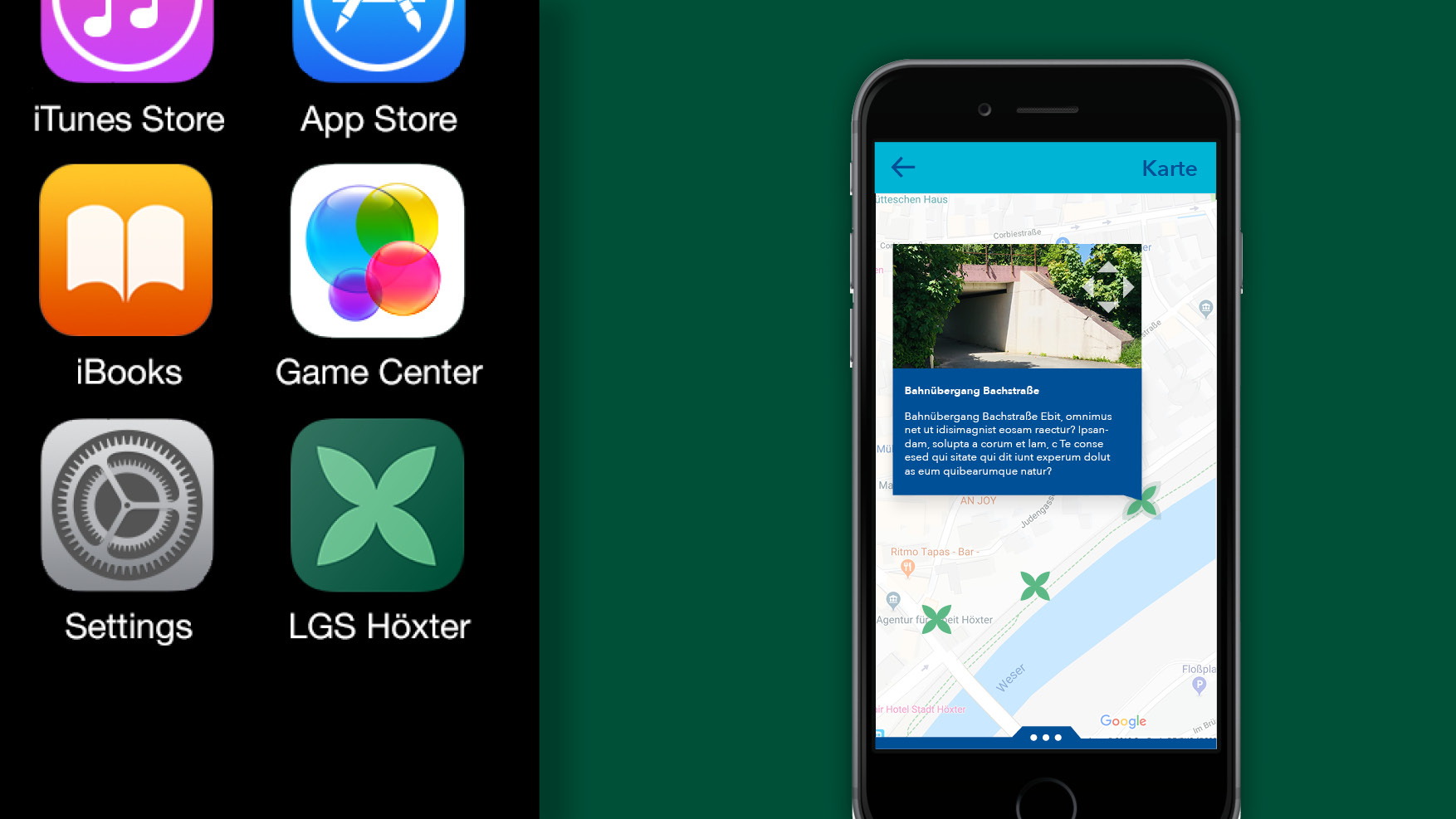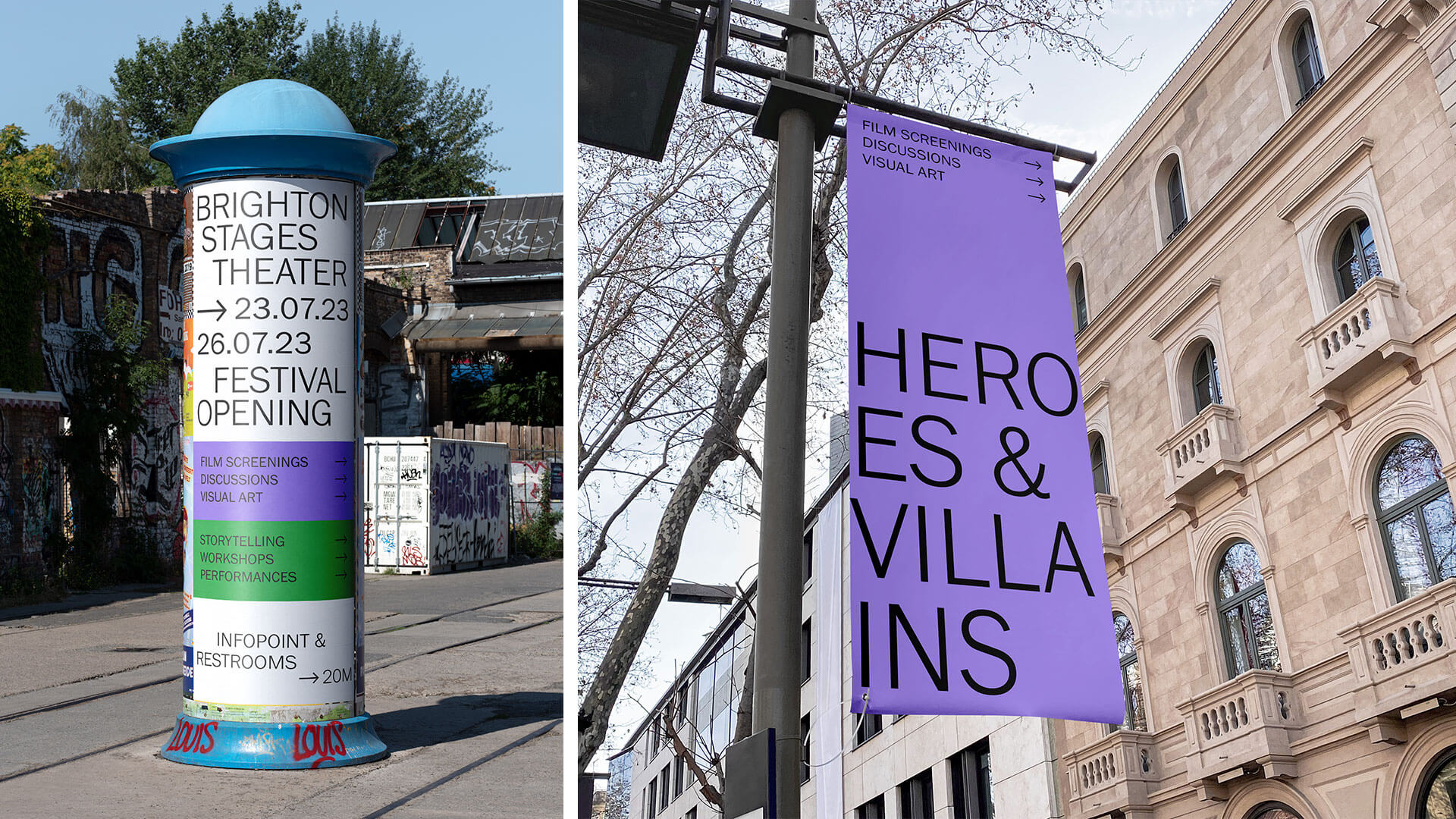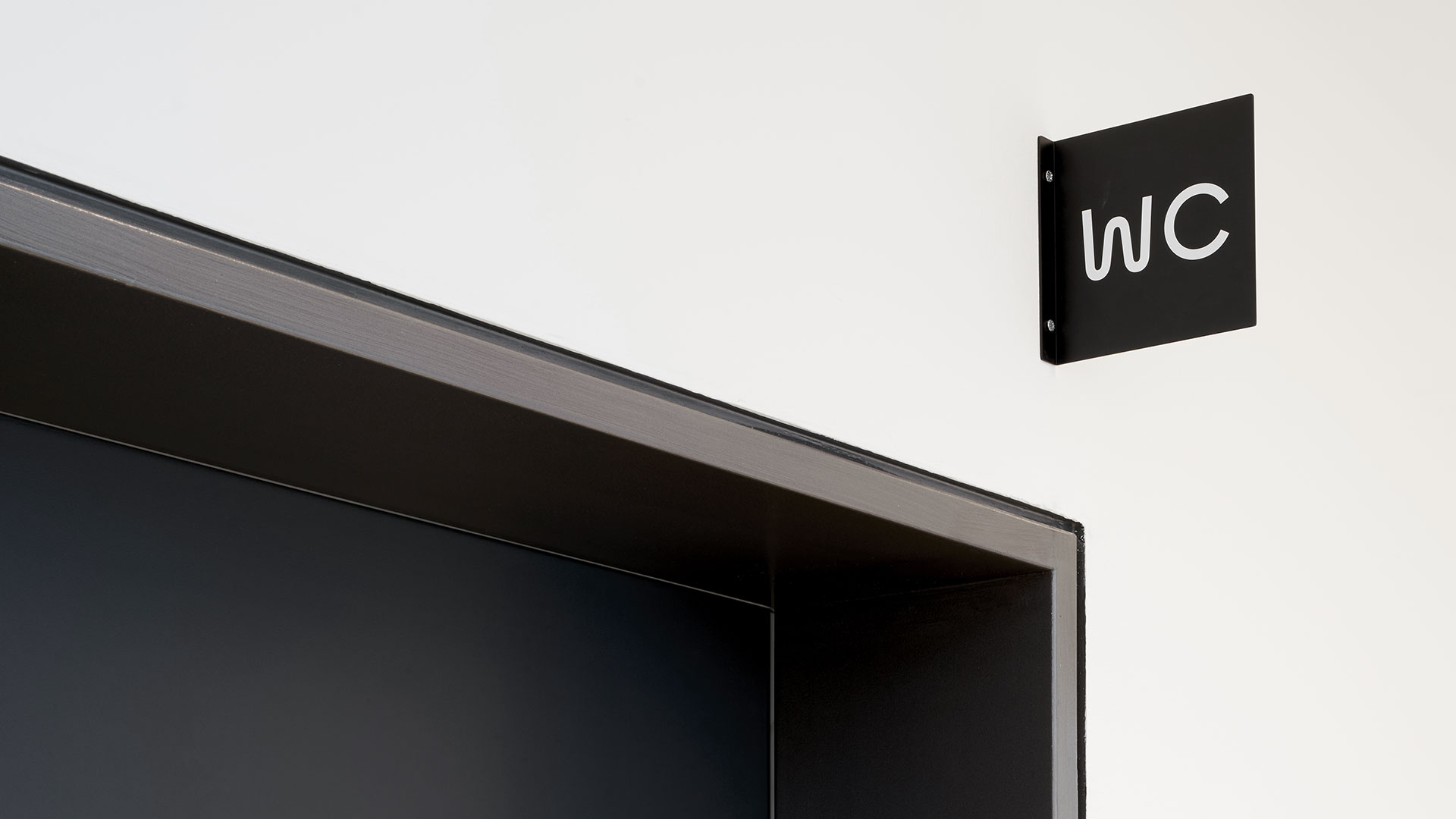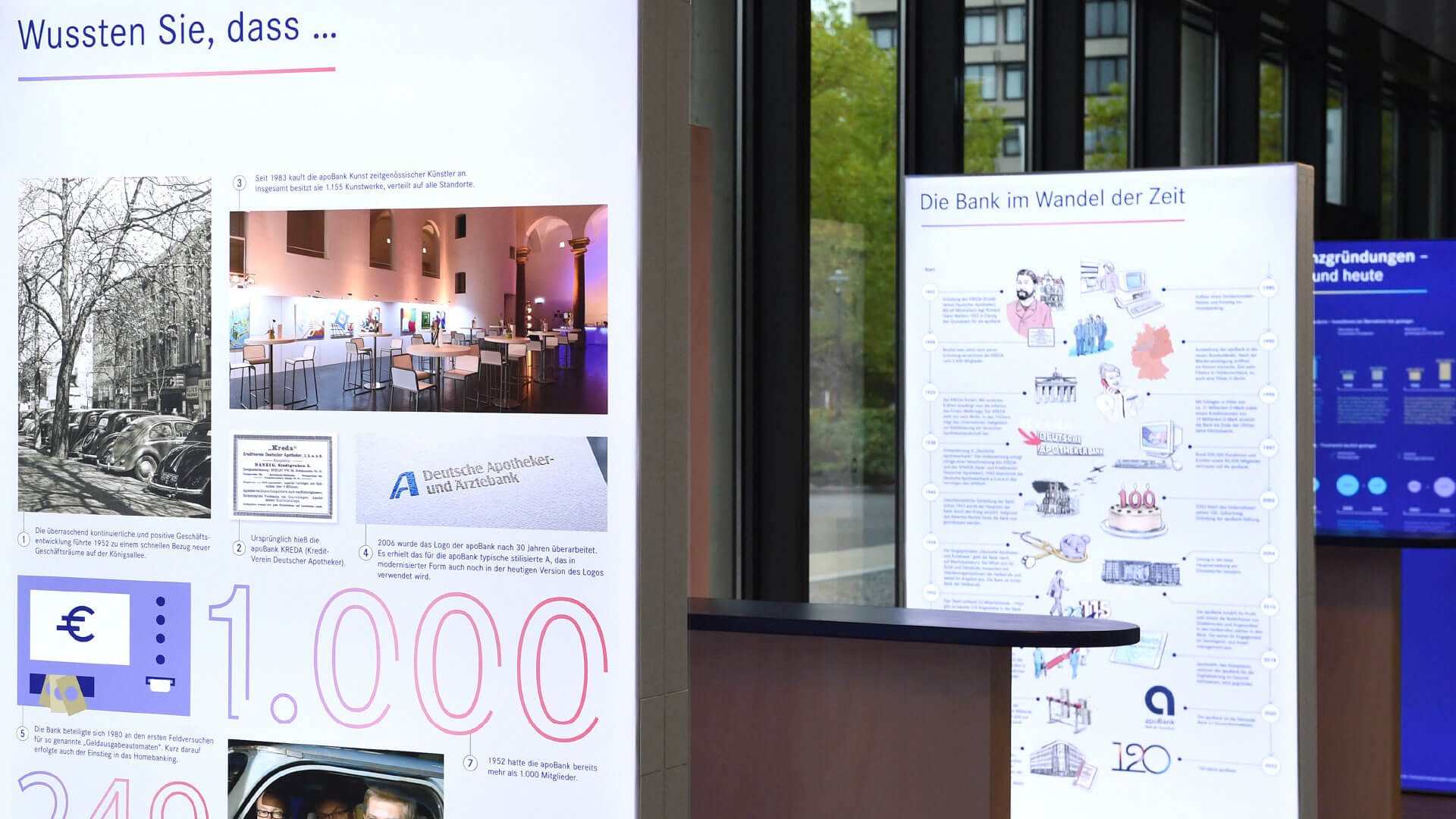Public spaces – Making places experienceable
Public spaces – Making places experienceable
Public spaces – Making places experienceable
Public spaces – Making places experienceable
Public spaces – Creating a sense of place alongside ultimate functionality and experience.








Communication at a distance and in the smallest detail.
Every sign, every colour, every single design decision is a signal to people and has the opportunity to say something about who can find value for themselves in that particular place. Flexible design systems and toolkits are designed to work like a wardrobe for every occasion. Branding needs to work on signs, maps and other forms of wayfinding, as well as on marketing materials, murals, merchandise, on social media and digital platforms, and be used in engaging citizens* and stakeholders through high-profile documents.
Every design touchpoint is an opportunity to make people feel welcome in that place.
The experiential identity of a public space serves not only to build trust and sympathy among citizens, but also to gain support from funders and stakeholders, and likewise to strengthen their positions if the project is successful. In this way, successful identities combine to form a holistic brand story based on the mutual satisfaction of needs and the iterative development of added values.

Our main approach for wayfinding in public spaces.
→ Respect the places and avoid visual emissions.
→ Welcome visitors and show them their possibilities.
→ Connect to the visual communication of an area, like the corporate design or public advertising.
→ Differentiate between what is essential and what is not. Communicate as little as possible and as much as necessary.
→ Provide order, assistance, and reliability. Prevent discomfort in a foreign environment through orientation.
→ Communicate distances, ground conditions and terrain so that everyone can find their own way.
→ Enable emotional communication, such as announcing events or offers. Enable emotional communication, such as announcing events or offers.
→ Impact the environment as little as possible and use sustainable, and local materials.
More projects

ArchitectureArchitecture

ExhibitionsInformation Design